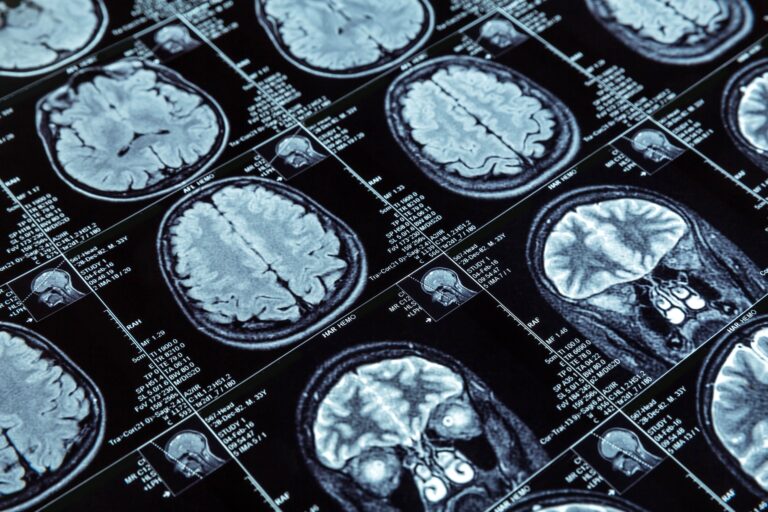
How valuable is brain mapping in personal injury cases?
Brain mapping, also known as neuroimaging, is a technique that uses advanced imaging technology to produce detailed images of the brain. These images can provide valuable information about the structure and function of the brain, which can be useful in a variety of legal settings, including car accident cases.
Cognitive therapy, on the other hand, is a type of therapy that focuses on helping people change negative thought patterns and behaviors. It can be useful in a car accident case because it can help the person involved in the accident cope with the psychological effects of the accident, such as post-traumatic stress disorder (PTSD)or depression.
For a lawyer, brain mapping and cognitive therapy can provide valuable evidence and support for a car accident case. Brain mapping can help identify any structural changes or abnormalities in the brain that may have been caused by the accident, which can be used to support a claim for damages. Cognitive therapy can provide evidence of the psychological effects of the accident, and can also help the person involved in the accident recover from those effects and return to their pre-accident state of functioning. Overall, brain mapping and cognitive therapy can be valuable tools for a lawyer in a car accident case, providing both objective evidence and support for the person involved in the accident.
A QEEG clinical report, also known as a quantitative electroencephalography (QEEG) report, is a detailed analysis of the electrical activity of the brain. It can be helpful in a personal injury case because it can provide objective and quantifiable evidence of any changes in brain function that may have occurred as a result of the accident.
A QEEG clinical report is typically based on a QEEG brain scan, which involves attaching electrodes to the scalp to measure the brain’s electrical activity. The data from the QEEG scan is then analyzed using specialized software, which produces a detailed report that includes a range of quantitative measures of brain function.
In a personal injury case, a QEEG clinical report can provide valuable evidence to support the individual’s claim for damages. It can help to establish the presence and severity of any brain injury, and can be used to support the individual’s claim for compensation. It can also help to ensure that the individual receives the full and fair compensation they are entitled to.



